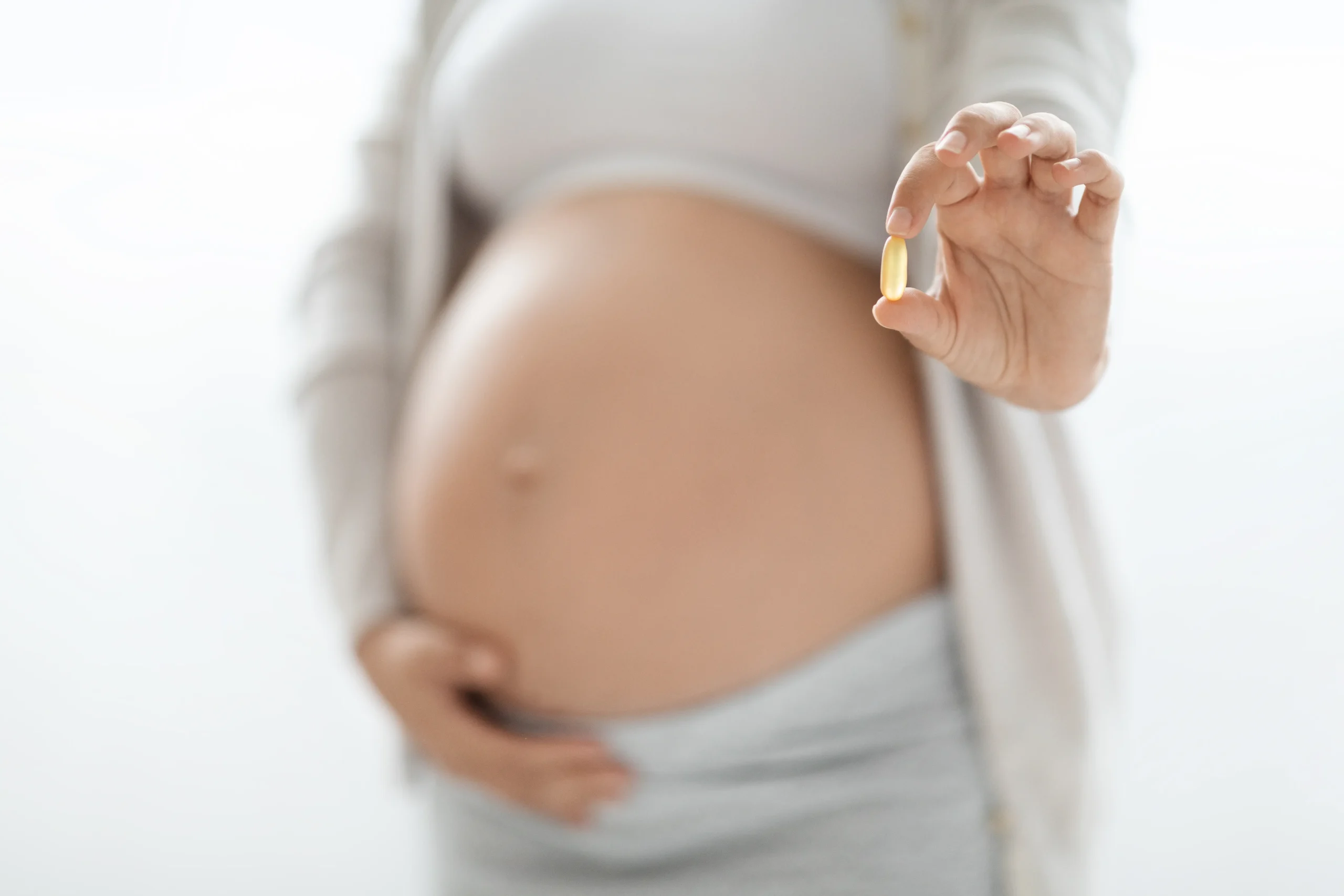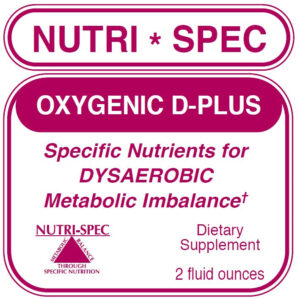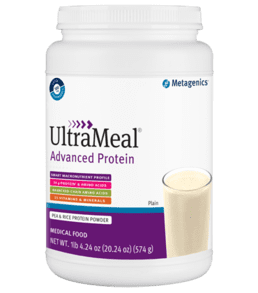NAFLD is the most common liver disease in the U.S. and can progress from simple fat deposition to NASH, cirrhosis, liver failure, and even liver cancer, sometimes without cirrhosis. Treatment emphasizes weight loss through diet and exercise, with vitamin E for some NASH patients and ongoing clinical trials for new therapies.
Non-alcoholic fatty liver (NAFLD) is the most common liver disease in the United States, affecting more than 60 million Americans. Previously thought to be benign, it has become the leading indication for liver transplantation in adults under 50 years of age and the leading predisposing risk factor for the development of primary liver cancer in the United States. Unfortunately, it’s prevalence continues to rise in almost all communities.
Simply put, fatty liver is a condition whereby fat gets deposited into the liver. NAFLD in the liver is a spectrum that includes just fat that is non-concerning, fat and inflammation, fat and fibrosis and cirrhosis, all of which are worrisome. Fat with inflammation or fibrosis is termed non-alcoholic steatohepatitis or NASH. NAFLD is usually associated with obesity and diabetes, although normal weight non-diabetics are not uncommonly diagnosed with this. Ninety percent of type 2 diabetics have fatty liver.
Steatohepatitis can progress to cirrhosis, liver failure and liver cancer and physicians. Although the percentage of people with NASH who progress to cirrhosis is low, large numbers of people develop advanced disease because the overall number of people with this condition is so high. Interestingly, patients with fatty liver can develop liver cancer without developing cirrhosis and these patients should be screened yearly with an abdominal ultrasound.
The diagnosis of fatty liver is usually suggested on an abdominal sonogram or CAT scan. Liver tests may be normal or abnormal. Non-invasive scores utilizing multiple variables are helpful in the evaluation. Transient elastography can determine the degree of steatosis and fibrosis. A liver biopsy is required to determine the extent of fatty infiltration and to determine if inflammation or scarring is present.
Diet, exercise and weight loss are the treatments of choice for NAFLD. Although this regimen makes overall good sense, it is hard for most people to follow. Vitamin E is used in the treatment of NASH with some success. There are many therapies for fatty liver available in clinical studies. Recent data presented at the International Liver Meeting in Paris, France held in April 2018 show significant promise that several of these therapies improve liver fat levels and lead to a decrease in fibrosis levels in periods as short as 12 weeks. People with NAFLD should strongly consider participation in these studies.










